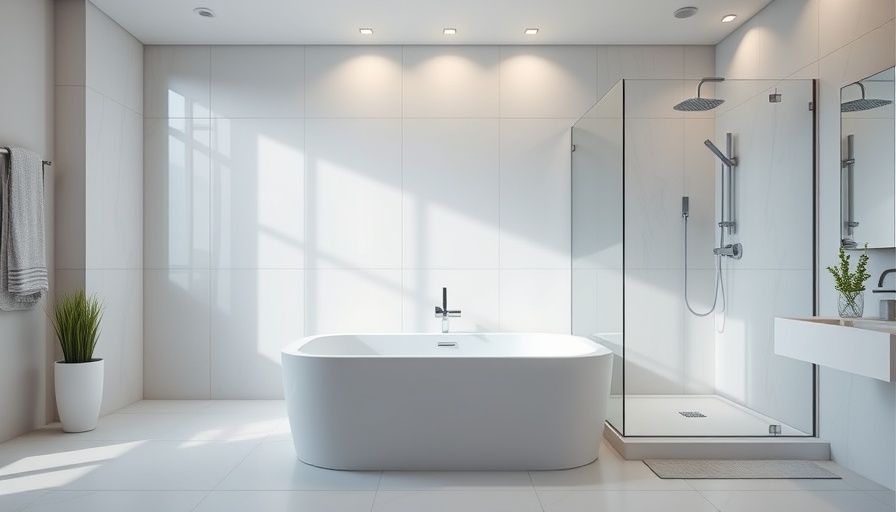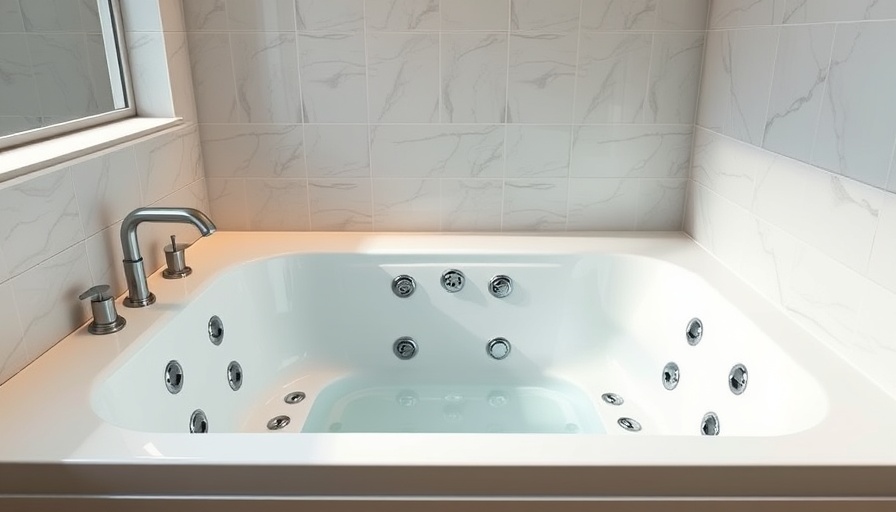
Cost Analysis: Choosing Between Walk-in Tubs and Step-in Showers
As homeowners age, maintaining independence in bathing can be challenging. This choice often manifests between two popular options: walk-in tubs and step-in showers. In this financial guide, we dissect the costs associated with each alternative, empowering readers to make a well-informed choice suited to their budget and needs.
Understanding Initial Purchase Costs
The financial commitment begins with the initial purchase price. Walk-in tubs are known for their premium features like built-in seating and hydrotherapy jets, making them a luxurious choice averaging between $2,000 to $10,000. In contrast, step-in showers offer a more budget-friendly option, generally ranging from $1,000 to $5,000. This flexibility enables customization to suit various aesthetic preferences, meaning your budget could stretch further with a shower solution. The variance in pricing for each option stems from brand selection and desired features.
Installation: What to Expect
The installation process is equally pivotal in determining the overall expenditure. Walk-in tubs are heavier and require intricate plumbing, driving installation costs anywhere from $1,000 to $3,000. Modifications, such as reinforcing the floor, can further inflate costs. Meanwhile, step-in showers often come with simpler installation procedures that typically range from $600 to $1,500. Despite these lower costs, opting for luxury designs or specialized materials can still result in higher expenses.
Long-Term Financial Considerations
Longevity and ongoing maintenance are critical factors in your decision. While walk-in tubs come with mechanical components that may necessitate repairs, homeowners should anticipate annual maintenance costs spiraling to around $500. Regular inspections serve to prolong the lifespan of these sophisticated tubs. Conversely, step-in showers require minimal upkeep, mainly focused on cleaning and occasional sealant replacement, summing up to only $100 to $200 annually. With fewer mechanical parts, these fixtures typically face a reduced likelihood of complications.
Regional Cost Variations and Their Impact
Location plays a significant role in influencing the installation costs for both options. Urban and affluent suburban areas often see heightened pricing due to elevated labor costs. Consequently, homeowners must rigorously gather bids from various contractors to find competitive pricing that aligns with their budget. These regional nuances can have a substantial impact on the final financial picture.
Actionable Insights for Consumers
When making a purchase of this magnitude, it’s beneficial for consumers to look beyond mere pricing. Incorporating safety features, ease of access, and long-term comfort into your decision can elevate satisfaction levels substantially. Before settling on a product, consider visiting showrooms or engaging in discussions with contractors to better understand your options. Seek referrals and testimonials from homeowners who previously faced these decisions, using their insights to refine your choice.
Conclusion: The Value of Informed Choices
Ultimately, both walk-in tubs and step-in showers present unique advantages and disadvantages. The decision should revolve around your individual circumstances, including budget constraints, maintenance concerns, and bathroom space. By comprehensively assessing factors such as initial and long-term costs, as well as regional influences, you can embark on your home modification journey with confidence.
 Add Row
Add Row  Add
Add 




Write A Comment